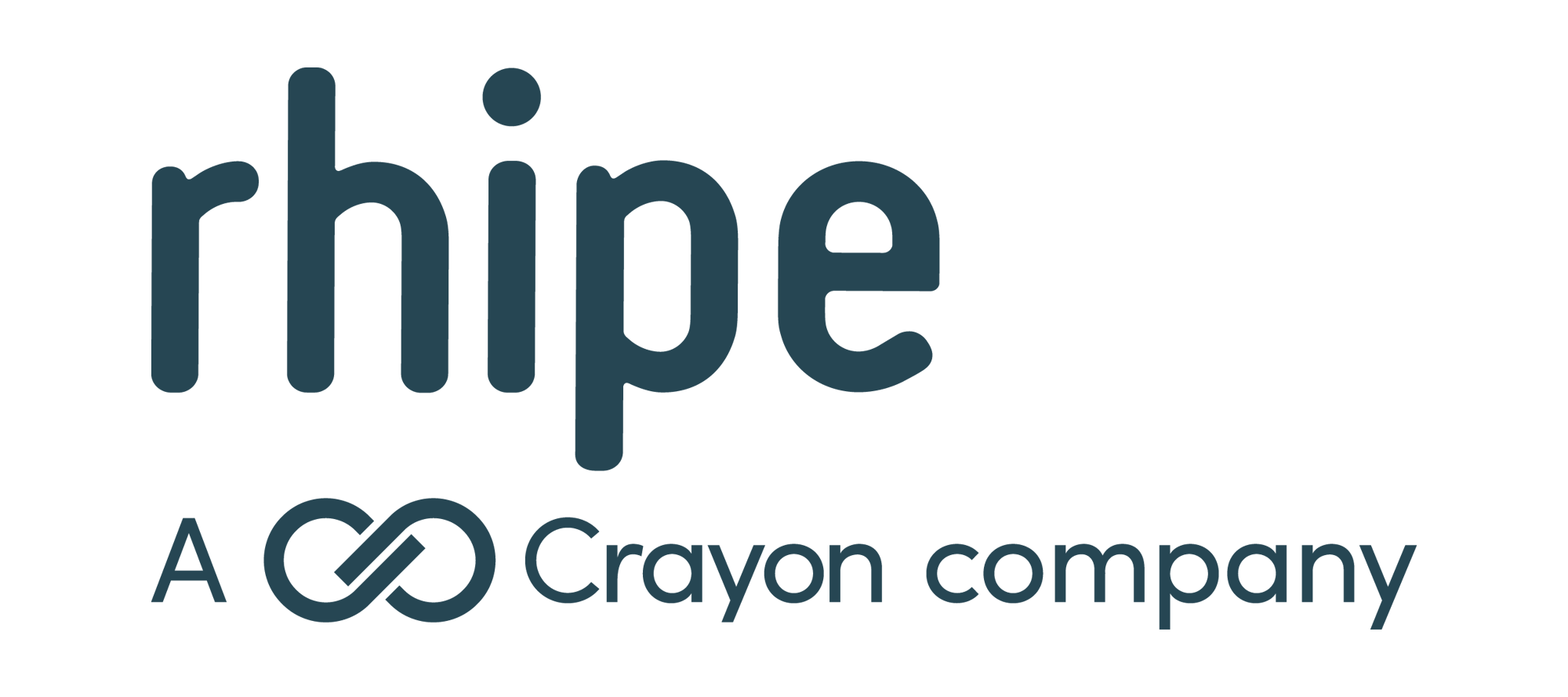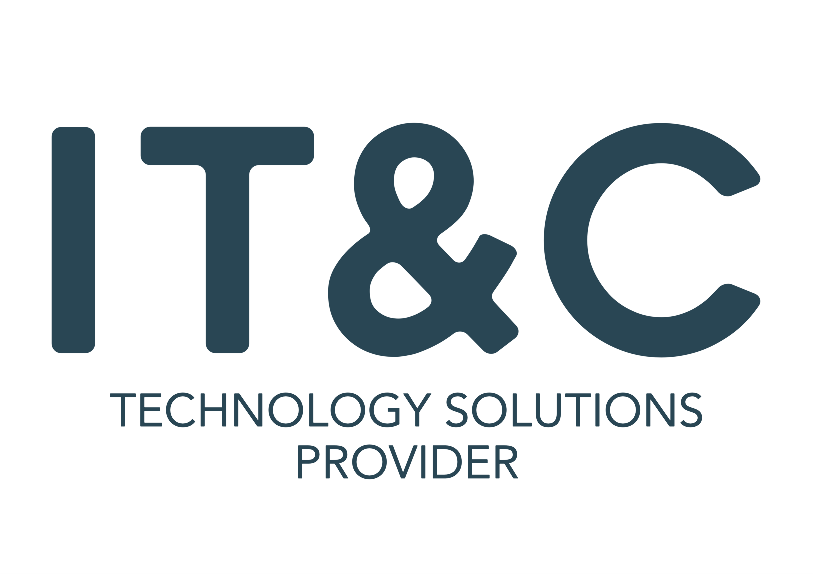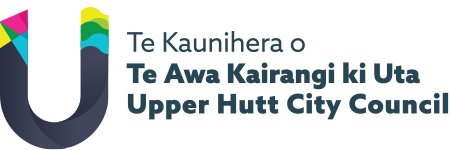
Customer Story
Before Flowingly:
Before implementing Flowingly, the team at rhipe were having difficulty automating processes at scale. They had ad-hoc automations scattered across the business in various systems from Power Automate to Dynamics. This meant that teams were working in a siloed nature, tasks were sitting in people’s heads and there was no way to track approvals or the status of requests. They also faced issues with agility as any new automation efforts required the time and resource of a Solutions Architect.
With Flowingly:
6 months on from their Flowingly implementation, rhipe have deployed 24 workflows across the organisation, all without using a single developer or Solutions Architect. They now have complete visibility over their processes from start to finish, creating an easily accessed audit of all requests to date. rhipe are now able to build a true culture of continuous improvement through rapidly deployed workflows, regular iterations based on employee feedback and by giving line-of-business teams the ability to fix their own processes.
Why Microsoft’s leading APAC distributor added a no-code workflow tool to their tech stack
For an in-depth look at how rhipe is tackling workflow challenges at scale, make sure to check out our recent webinar.
In this customer story, we explore how Flowingly was used to:
- Mitigate the risks of email-based processes
- Enable line-of-business automation and improvement without needing a Solutions Architect
- Automatically create an accessible audit trail of processes
- Break down silos across multiple departments
The Organisation
rhipe is a leading distributor of cloud solutions and services in APAC, providing businesses with specialised and deep domain technical expertise and advice in the growing cloud market.
We spoke to Tash Robb, Business Automation Manager at rhipe, who was happy to share how Flowingly has enabled them to adopt a line-of-business approach to workflow. Allowing the process champions within the organisation to rapidly automate and iterate their business processes without developers.
The Challenge
As cloud solution experts, the team at rhipe know a thing or two about software. While they are avid users of Power Automate for workflow automation, they also identified an opportunity for a no-code tool to be implemented as part of a line of business approach.
While some of their larger processes were automated there were gaps for the smaller, more manual processes. Previously, things like partner orders were being done through Excel, with roughly 140 orders occurring a month being added to an Excel spreadsheet.
“With so many of our smaller processes we just have it in our heads, what’s going to happen and what we expect, but it just takes one kink in that chain to really disrupt the rest of the process.”
Another challenge they identified was the inconsistency in how processes were being run across different departments. Without a documented process or certainty over whether people had read and understood a process, they’d sometimes have people running a process their own way.
“Some people were using a digital signature format. Others were simply rocking up at someone’s desk and asking for a physical signature. It was very unclear on what the real process was.”
Visibility also became a challenge as the business scaled, with people struggling to understand what stage a process was at and if they needed to action anything.
“Staff couldn’t self-serve to know where a process is at. So, the number of tickets we had requesting updates was getting more than the actual number of requests coming through. There were just so many requests there that it was just clogging up systems.”

“Whilst learning the tool, we were able to get two workflows created with the help of Khasha and Sean, which were used 210 times in the first three months, across 11 different countries”
Tash Robb, Business Automation Manager at rhipe
Why Flowingly?
Previously all workflow management projects had required a Solutions Architect. So, for Tash it was essential that a no-code solution was implemented rather than low-code.
Larrie Clark, rhipe’s CTO agreed. His directive was straightforward: Find a tool that is easy to use, managed by a small team and scalable for the full business.
When they started searching, Flowingly wasn’t even on their radar. Even during the shortlisting phase, it was an outsider.
But as soon as they started testing the various platforms, Flowingly’s beautiful simplicity came to the fore. Tash had deployed multiple workflows in Flowingly before she’d even been able to work through the technical learning curve of the other platforms.
Within two weeks Tash had multiple workflows built and two of those workflows went straight to production:
“Whilst learning the tool, we were able to get two workflows created with the help of Khasha and Sean, which were used 210 times in the first 3 months, across 11 different countries.”
That rapid deployment approach has never stopped. Within six months, rhipe had 24 workflows deployed, without a single developer or solutions architect involved.
Rapid deployment was essential in order to provide fixes for the many transactional processes they were undertaking every day. The aim was for their teams to spend less time on transactional admin tasks and more time on quality-adding work.
“You and your staff are going to have a hundred things to do during the day. Realistically you’ll probably only do, 45 percent of what you need to do as there is so much manual work involved in your everyday day tasks. When you remove the manual tasks, everyone can achieve full capacity”.
Another benefit the rhipe team saw in adopting a no-code tool was the ability to easily ensure compliance and reporting across their processes for auditing purposes, especially during the shift to lockdown.
“A CFO or a CEO could be making a decision, but how are we recording that if that’s all just via Zoom calls or via Teams? Because it’s quite hard to prove that later on.”
Employees can now self-serve to see where a process is at, who an approval is waiting on and when a task is due to be completed.
Why a line-of-business approach?
Tash and her team certainly haven’t had any problems finding processes to automate.
“Since we rolled out Flowingly, obviously everyone wants a piece of it. So, I’ve got a three-page wishlist from the business now on all the things that we want automated.”
Creating process champions from current employees and transforming those smaller processes was a key goal for the team and essential to their process improvement journey.
“The line of business approach is really, ‘who understands your business the most?’ It’s usually those who are doing those processes every day.”
This has led to Tash building out her Business Automation Team and bringing operationally minded line-of-business teams into the fold. By doing this they have been able to de-centralise their automation model in stages and empower line-of-business.
Essential to this has been the development of their Process Prioritisation Matrix, which Tash goes over in-depth on our recent webinar.
What made the project successful?
A big part of the success rhipe has seen comes down to how they have communicated the ‘why’ around Flowingly and their organisational commitment to process improvement.
“There’s always going to be a risk with disruption. Nobody likes change. It’s about harnessing that and saying this is why we’re changing, looking at the full picture of it and trying to really show everyone what’s happening and being transparent about why we’re doing it.”
Having a clear roll out plan was also essential. Starting with the Sales team, they rolled out automations rapidly that genuinely improved their day-to-day work.
By dedicating the resources to make this a success and having clear process prioritisation, Tash and her team were able to solve key frustrations. This quickly created raving fans across not only the Sales team, but also the teams that the sales processes interacted with, such as Finance and Operations.
Their “non-payment” process, for example, touches seven different departments. From there, company-wide buy in came easily.
When it came to picking those initial processes, Tash had a simple philosophy:
“You need to have a clear idea about what is an easy win to start with. Start with a process that the workflow team know intimately and document this. This makes sure you have expectations of what the outcome should look like and you can work backwards from there.”
“Since we rolled out Flowingly, obviously everyone wants a piece of it. So I’ve got a three-page wishlist from the business at the moment on all the things that we want automated.”
Tash Robb, Business Automation Manager at rhipe
You’re in good company
Proud to be driving digital transformation globally.
How Todd Energy scaled their rate of automation 7x by adding Flowingly to their tech stack alongside Power Automate.
How SIT went paperless across their finance accounts receivable (AR) processes and removed 1,200+ hours of wasted process admin time.
Why Microsoft’s leading APAC distributor added Flowingly's no-code workflow tool to their tech stack.




